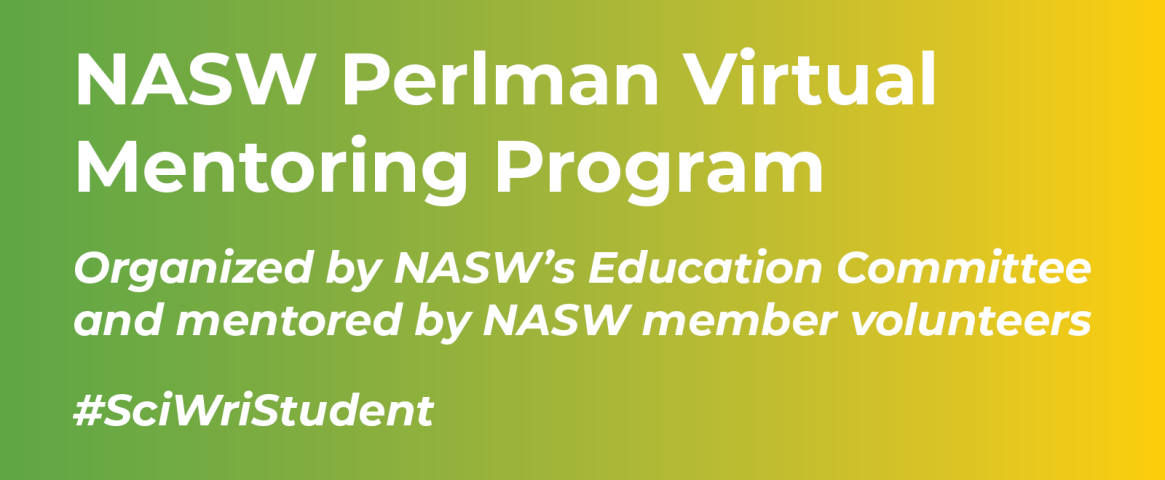This student story was published as part of the 2023 NASW Perlman Virtual Mentoring Program organized by the NASW Education Committee, providing science journalism practice and experience for undergraduate and graduate students.
Story by Nicolas Scrutton Alvarado
Mentored and edited by Eric Bender
There’s an episode in HBO's hit comedy show Curb Your Enthusiasm in which the protagonist, Larry David, offers a homeless man a paper bag. "What is it?" the man asks suspiciously. "A ham sandwich," Larry says. The man shakes his head. "No, thanks."
Hold on a minute. If you recall the episode, was the sandwich really a ham sandwich? (Actually, it was a tuna sandwich.)
As we get older, our ability to remember things get worse. But what kinds of memories are more affected by age? Neuroscientist Zachariah Reagh and his graduate student Angelique Delarazan from Washington University in St. Louis designed an experiment to answer that question.
Their study simultaneously tested how young and older adults remembered an event’s perceptual details (Larry has a tuna sandwich) and the narrative details (Larry gives the homeless man a sandwich). The results, published in a Learning and Memory paper, suggest older adults have a harder time remembering the details of perceptual memories but not narrative memories.
The team recruited 42 participants. Half of them were young undergraduates, between 18 and 25 years old. The other half were older adults, ages 61 to 93.
Their task? Volunteers sat in a dark room to watch that Curb Your Enthusiasm episode before answering questions devised to test different types of memory. Researchers periodically checked to make sure everyone stayed awake. (A few didn’t.)
The scientists asked participants to remember perceptual details (what kind of sandwich?) as well as narrative details (did Larry give a sandwich to the homeless man?) by respectively showing or describing scenes from the episode.
In addition to actual scenes, the participants were presented with clearly different moments from other Curb Your Enthusiasm episodes (called foils) and incorrect scenes very similar to those in the episode (called lures). For example, if one scene is “Larry gives the homeless man a tuna sandwich”, the foil might be “Larry goes to the doctor”. The lure might be “Larry gives the homeless man a ham sandwich”.
 In a memory test given to young and older volunteers, participants watched an episode of Curb Your Enthusiasm. They then were asked to distinguish moments from the actual episode (“targets"), very different other episodes from the series (“foils”) and incorrect scenes quite similar to those in the episode (“lures”). (Creative Commons image from Delazaran et al, 2023; Learning and Memory.)
In a memory test given to young and older volunteers, participants watched an episode of Curb Your Enthusiasm. They then were asked to distinguish moments from the actual episode (“targets"), very different other episodes from the series (“foils”) and incorrect scenes quite similar to those in the episode (“lures”). (Creative Commons image from Delazaran et al, 2023; Learning and Memory.)
Finding the lures was the hard part, since identifying these similar scenes involved scrubbing through hours of footage. "I got pretty familiar with that season of the show,” Reagh remarked.
Both young and older adults were better able to tell correct scenes from foils by using perceptual, rather than narrative, clues.
Young adults correctly identified the subtle differences between correct scenes and lures, through both perceptual and narrative details. But older adults could not tell the two apart using perceptual details, said Reagh.
When using narrative details, however, the older group distinguished between scenes and lures just as well as the young adults. "It's when you really push them on the details that you start to see an issue," he said.
“The manipulation performed in the study, pitting narrative and perceptual memory, is a novel approach at tapping into these networks and provides further insight into what is most sensitive to the effects of age,” commented Stephanie Leal, an assistant professor of psychology at Rice University, who is unaffiliated with the study.
The findings suggest that we get worse at remembering subtle perceptual details as we age, yet the rich details embedded in our memories of the story remain.
How? Broadly, Reagh explained, two sets of brain regions process memories—the anterior temporal network, which is important for perceptual detail, and the posterior medial network, which is important for contextual associations.
 Two sets of brain regions process our memories—the anterior temporal (AT) network, which is important for perceptual detail, and the posterior medial (PM) network, which is important for contextual associations. As we age, the AT network starts displaying dysfunction earlier than the PT network. (Illustration courtesy of Zachariah Reagh.)
Two sets of brain regions process our memories—the anterior temporal (AT) network, which is important for perceptual detail, and the posterior medial (PM) network, which is important for contextual associations. As we age, the AT network starts displaying dysfunction earlier than the PT network. (Illustration courtesy of Zachariah Reagh.)
Previous research had shown that the brain regions that make up the anterior temporal network start showing dysfunction earlier than the regions in the posterior medial network. Two separate studies found that anterior temporal network regions displayed reduced activity in older adults during functional tasks. In the posterior medial network, “you don't see as many bad changes happening by default," Reagh said.
Interestingly, molecular markers of Alzheimer's disease known as tau tangles appear in anterior temporal network areas during the early stages of the disease. By understanding how the different networks function, we may be better able to predict those at greatest risk from the illness, said Reagh.
He hopes that tests like the one his lab developed can become early diagnostic tools for identifying deteriorating regions before it’s too late to treat them.
“If we can understand the specific ways that specific aspects of your memory might get worse as you get older, and those might correlate with whether you go on to develop dementia or not,” Reagh said, “that just gives us another tool that we can use to identify people at risk.”
Nicolas Scrutton Alvarado is a PhD candidate in neurobiology at Northwestern University. He is a founder of Mentally Minded, a contributing author for CogBites and a writer/editor for Northwestern’s Helix magazine. He previously was co-host of the podcast In the Spotlight. Follow him on LinkedIn, reach out to him on Twitter/X @nic_scrutton, or contact him at nicolas.scrutton@gmail.com.
The NASW Perlman Virtual Mentoring program is named for longtime science writer and past NASW President David Perlman. Dave, who died in 2020 at the age of 101 only three years after his retirement from the San Francisco Chronicle, was a mentor to countless members of the science writing community and always made time for kind and supportive words, especially for early career writers. Contact NASW Education Committee Co-Chairs Czerne Reid and Ashley Yeager and Perlman Program Coordinator Courtney Gorman at mentor@nasw.org. Thank you to the many NASW member volunteers who spearhead our #SciWriStudent programming year after year.
Founded in 1934 with a mission to fight for the free flow of science news, NASW is an organization of ~ 2,600 professional journalists, authors, editors, producers, public information officers, students and people who write and produce material intended to inform the public about science, health, engineering, and technology. To learn more, visit www.nasw.org





